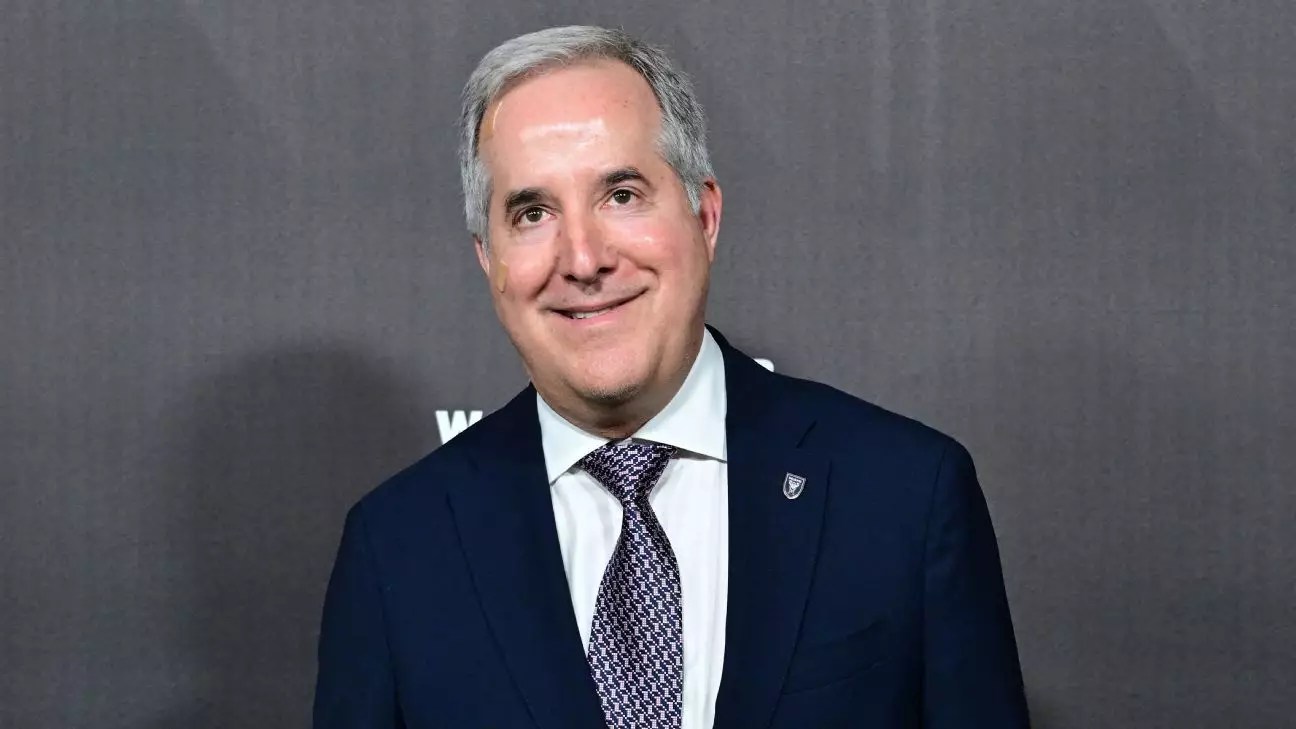In the world of soccer, aligning with international standards isn’t just a preference; it’s a necessity. Major League Soccer (MLS) finds itself at a pivotal crossroads, with co-owner Jorge Mas shedding light on the league’s ambitious plans to transition to the FIFA calendar. This potential shift from the current February to November schedule could profoundly affect the competitiveness of MLS in the global arena. As the pressure mounts to align with international norms, the implications for roster flexibility, revenue generation, and overall league stature come to the forefront.
The Impetus for Change
For many years, MLS has faced criticism due to its incongruent calendar, which hampers teams’ ability to participate in the global transfer market effectively. While prominent leagues in Europe operate under a summer schedule that allows for synchronized transfer windows, MLS clubs are left grappling with restrictions that curtail their competitive edge. Mas recently expressed optimism about ongoing discussions potentially leading to an alignment with the international calendar by 2027, signaling a transformative moment for the league. The anticipation surrounding these talks underscores an urgent need for change, as MLS strives to remain relevant in the ever-evolving landscape of soccer.
The misalignment of transfer windows remains a stubborn hurdle. Presently, the primary transfer period for MLS operates from January to late April, while clubs in Europe play their critical hand during the summer months. This disconnect leaves MLS clubs at a disadvantage when trying to attract or replace talent. It’s clear that changing the calendar is about more than just syncing schedules; it’s a strategic move toward serious engagement with global soccer economics.
A Deeper Roster: The Key to Competitiveness
In a sport where depth can make or break a season, the limitations on roster sizes in MLS serve as a significant barrier to competitiveness. Mas argues persuasively for increased flexibility and spending capabilities within the league, suggesting that deeper rosters will enable teams to field a more formidable presence in international competitions. The examples set by other leagues, particularly Liga MX, highlight this disparity vividly.
Former Inter Miami coach Gerardo “Tata” Martino voiced a sentiment echoed by many—it’s not just about the first XI; it’s about who can provide crucial minutes off the bench. A broader roster allows teams to rotate players effectively, reduce fatigue, and maintain high performance throughout a grueling schedule. As Inter Miami prepares for high-stakes matches in competitions like the Concacaf Champions Cup and the upcoming Club World Cup, this lack of depth could become glaringly apparent.
Mas envisions a stronger league with the potential for expanded rosters. To truly compete, MLS must prioritize solutions that broaden its talent pool, moving away from restrictive rules that limit effective squad building. This step is not merely a desire but an essential aspect of MLS’s evolution as it aims to emerge as a league of choice for international talent.
Revenue Generation: Fueling Growth and Ambition
There’s an optimistic narrative emerging around the revenue streams that the league has been tapping into. With increased viewership and media interest around clubs like Inter Miami, revenue generation has never looked more promising. Mas makes a compelling case for how enhanced revenues should translate into a more robust roster and, ultimately, a more competitive MLS.
With the infusion of capital and the right investment strategies, MLS has the opportunity to elevate its profile and attract global talent. There are echoes of this transformation already, particularly in the star-studded signings that have generated international buzz. By continuing to enhance their financial models, the league can invest back into talent development, infrastructure, and marketing strategies that help raise the overall level of play.
While MLS stands on the brink of a significant transformation, the fundamental challenges it faces are not merely procedural; they are deeply intertwined with the identity and future success of the league. The path ahead involves difficult discussions, strategic investment, and a firm commitment to aligning with the global soccer community. As the summer meetings approach, all eyes will be on how these conversations materialize and what they mean for the league’s aspirations to elevate its reputation and competitiveness on the world stage.


Leave a Reply